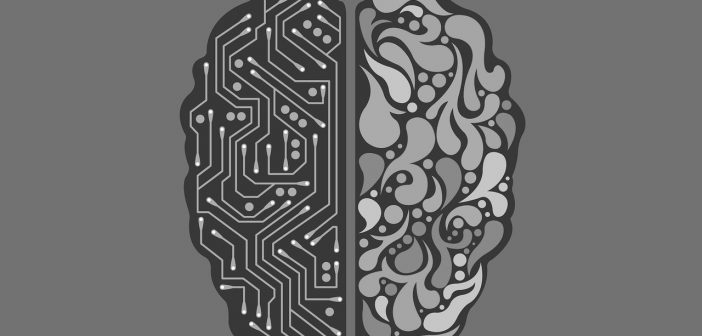India’s economic miracle, driven in part by a young and growing workforce, faces a potential threat on the horizon – Artificial Intelligence (AI). While AI promises immense benefits in terms of efficiency and innovation, its rapid integration into the workforce could lead to widespread unemployment and exacerbate existing poverty. Understanding this risk and taking proactive measures are crucial to navigate the potential pitfalls of AI and ensure inclusive growth.
A Nation on the Rise, But Jobs on the Decline?
India boasts a massive and diverse workforce, projected to reach 1.1 billion by 2030 [1]. This demographic dividend has been a key driver of economic growth, with sectors like manufacturing and information technology experiencing significant expansion. However, this very strength, a large labor pool, could become vulnerable as AI automates tasks previously performed by humans.
A 2017 study by McKinsey Global Institute estimated that automation could displace up to 800 million jobs globally by 2030, with significant impacts expected in emerging economies like India [2]. Jobs in repetitive, data-driven tasks across sectors like manufacturing, transportation, and customer service are most susceptible to automation.
The International Labor Organization (ILO) cautions that while new jobs will be created by AI, the transition for displaced workers could be challenging, especially for those with lower skill sets [3]. India’s vast informal sector, which employs a significant portion of the workforce, could be particularly vulnerable as AI disrupts traditional livelihoods.
Widening the Gap: Poverty and the Unequal Impact of AI
The potential rise in unemployment due to AI could have a devastating impact on poverty levels in India. A World Bank study suggests that job losses could disproportionately affect low-skilled workers, pushing millions back into poverty [4].
Furthermore, the benefits of AI may not be evenly distributed. Skilled workers who can adapt and complement AI systems may see their wages increase, further widening the income gap. This could exacerbate social inequalities and lead to social unrest.
The Domino Effect: Unemployment, Reduced Consumption, and Economic Downturn
Widespread job losses due to AI would not just impact individuals, but also have a ripple effect on the broader economy. Reduced disposable income due to unemployment will lead to a decline in consumption, impacting businesses and ultimately hindering economic growth. This could create a vicious cycle of job losses, declining demand, and economic slowdown.
The Indian Context: Unique Challenges and Considerations
India’s specific socio-economic context amplifies the potential dangers of AI-driven unemployment. The vast number of low-skilled workers, a burgeoning youth population entering the job market, and limited social safety nets create a particularly vulnerable environment.
Furthermore, the education system needs a drastic overhaul to equip the workforce with the skills needed to thrive in the AI age. A focus on critical thinking, creativity, and problem-solving will be crucial for workers to adapt and collaborate with AI systems.
Navigating the Challenge: A Multi-Pronged Approach
Mitigating the risks of AI on employment requires a multi-pronged approach involving government, businesses, and educational institutions. Here are some key strategies:
- Skill Development and Reskilling Initiatives: The government needs to invest heavily in skill development programs to equip existing workforce with new skills relevant in the AI age. Focus on digital literacy, data analysis, and technical skills will be crucial.
- Universal Basic Income (UBI): Implementing a UBI could provide a social safety net for displaced workers, mitigating the immediate financial hardships and allowing them time to reskill.
- Education System Reform: A complete overhaul of the education system is essential. Shifting towards a more holistic approach that fosters critical thinking, problem-solving, and adaptability will prepare students for the AI era.
- Regulation and Labor Laws: Government intervention might be necessary to regulate the pace of automation and ensure a fair transition for displaced workers. Updating labor laws to address the unique challenges of the AI economy will be vital.
- Promoting Innovation and Entrepreneurship: Encouraging innovation and entrepreneurship in sectors less susceptible to automation can create new job opportunities and drive economic growth.
- Responsible AI Development: Indian companies developing AI solutions must prioritize responsible development, ensuring AI complements and collaborates with the workforce rather than replacing it entirely.
Conclusion: AI – A Double-Edged Sword
AI has the potential to revolutionize India’s economy, but its integration requires careful planning and policy interventions. Failing to address the challenges of AI-driven unemployment could result in widespread poverty and social unrest. By proactively investing in skill development, social safety nets, and education reform, India can navigate this potential threat and leverage AI to create a more prosperous and inclusive future.






